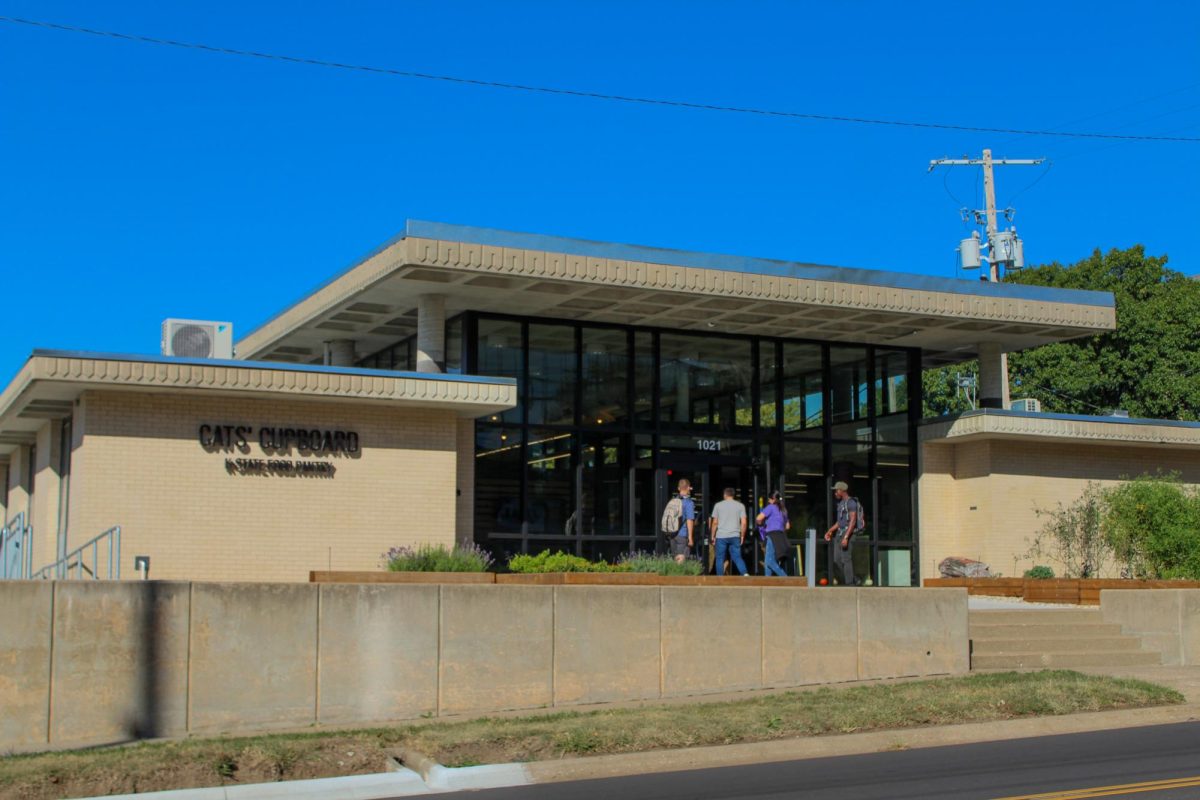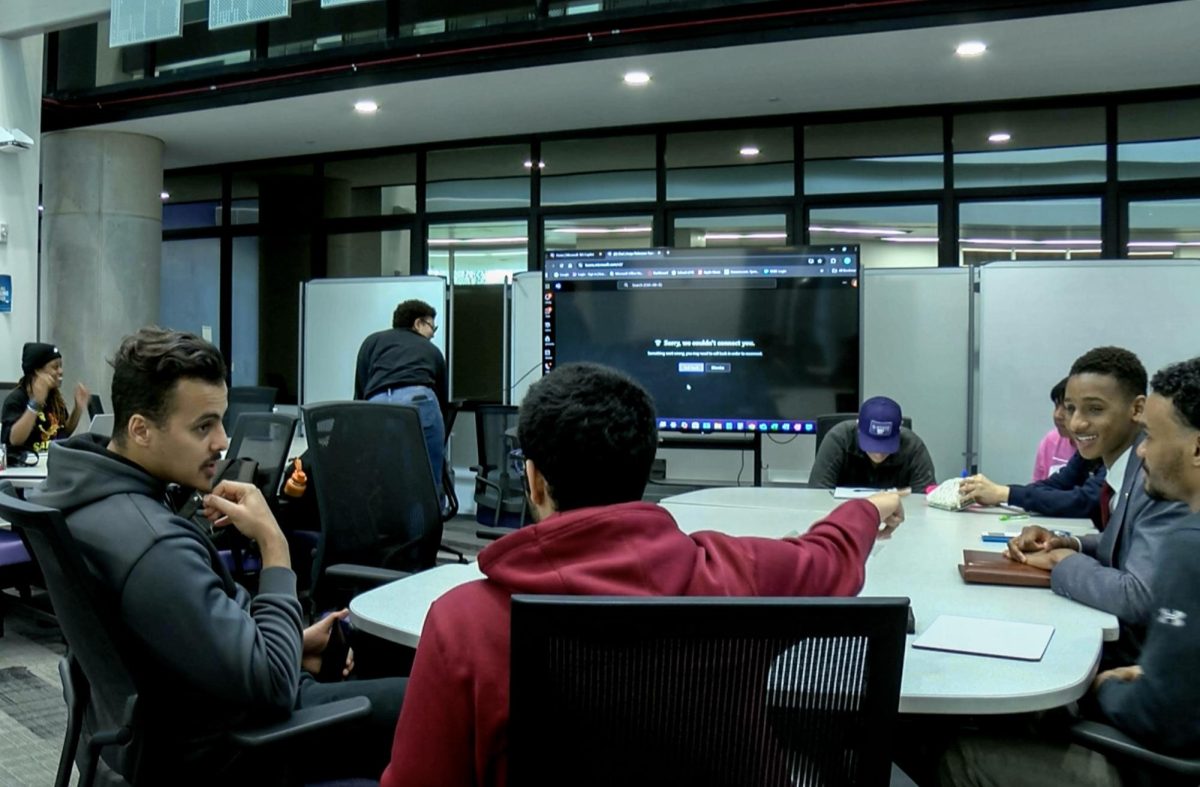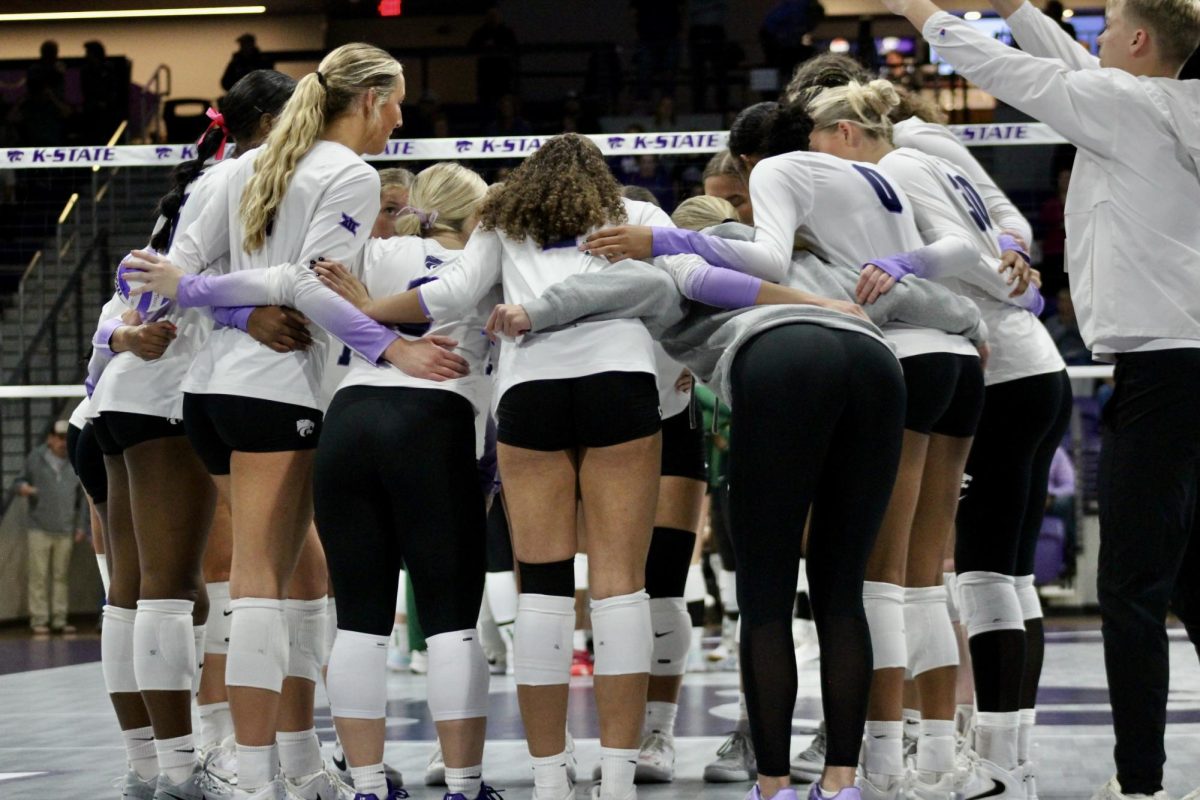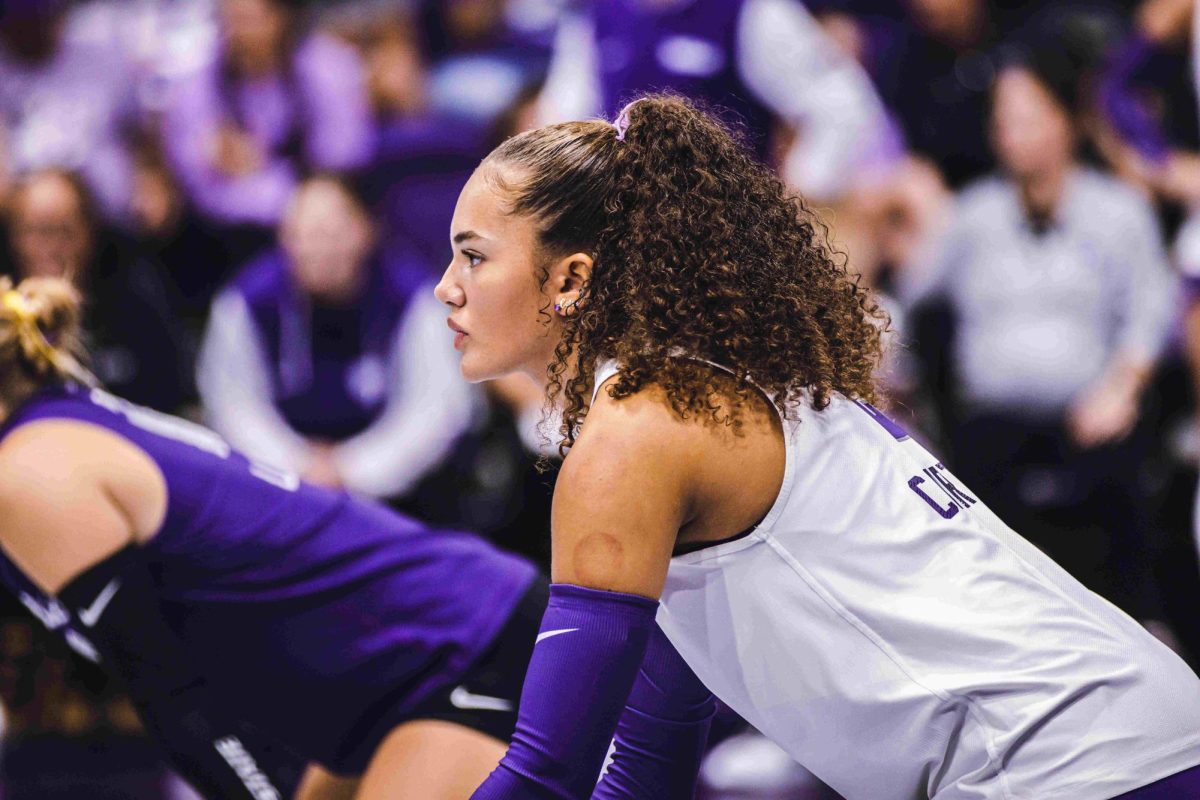Photo by Yan Krukau from Pexels
Notwithstanding the current challenges that universities face in implementing DEI programs right now, it still remains crucial for campuses to foster communities where acceptance and empowerment are central. Going beyond controversies surrounding DEI, higher institutions should remain committed to building safe spaces and providing opportunities to disadvantaged groups.
Inclusion and empowerment allow for a vibrant campus atmosphere in which everyone can tap into their potential without fear of being discriminated against, harassed, or singled out. By thinking about inclusion and empowerment, university administrators succeed in developing productive graduates and graduates with positive ideals and morals that will help shape society. it all starts with these initiatives and measures:
1. Set up an overall vision
The first thing that needs to be done is to highlight inclusion and empowerment in the first place. Every institution functions on a distinct set of values. A university that wants to champion safe spaces and diversity must incorporate these into its vision and mission statements. This sets up an ideological framework that informs the institution’s plans and projects toward inclusion and empowerment. These ideas must translate into changes in the student and faculty culture through actual practice.
2. Emphasize institutional leadership
To live out these ideals, a university needs strong leaders who are driven by a desire to bring out the best of everyone on campus. It’s not enough for administrators to plan activities alone. They must also empower people who can collaborate on new ideas for student and faculty engagement. This would mean designating a team that focuses on planning, implementing, and monitoring inclusive initiatives. It’s also a must for this team to develop guidelines for dealing with discriminatory practices.
3. Incorporate inclusion into practice
Developing an inclusive culture largely depends on how well professors and instructors incorporate such concepts in their teaching practice. For this, higher education curricula should be anchored on fostering diversity and valuing rich perspectives and ideas coming from different contexts. Accomplishing this would mean providing professors and instructors the space to explore and develop materials and resources that cater to a wide range of social and cultural experiences. Building libraries and online databases that offer such resources is the best way to go.
4. Provide training and learning opportunities
An institution that champions diversity and empowerment needs to develop extracurricular opportunities that touch on related topics. These may include topics that address racial bias and developing greater accessibility among disabled students and faculty members. In organizing learning opportunities such as seminars, workshops, and conferences, institutions may consider reaching out to third-party training providers. If the topic is sex-based discrimination, institutions may work with Title IX training services aimed to provide relevant staff members the means and knowledge to comply with anti-discriminatory policies.
5. Build communities of engagement
To create a vibrant campus environment is to make sure every student and faculty member feels included, allowing them to express solidarity with other disadvantaged groups. This can be accomplished by allowing on-campus clubs and organizations that advocate for inclusion and empowerment to operate and organize activities and initiatives. These may include community-building programs that celebrate relevant holidays and brainstorming sessions that allow students to weigh in on current policies. It’s also important to set up mentorship programs and support extracurricular organizations that allow students to volunteer in community empowerment or contribute their skills to policy-making.
Endnote
Colleges and universities function not just as institutions of learning, but as miniature versions of society at large. By emphasizing inclusion and empowerment on campus, these institutions are able to succeed in producing students who can make a difference in the world.
















































































































